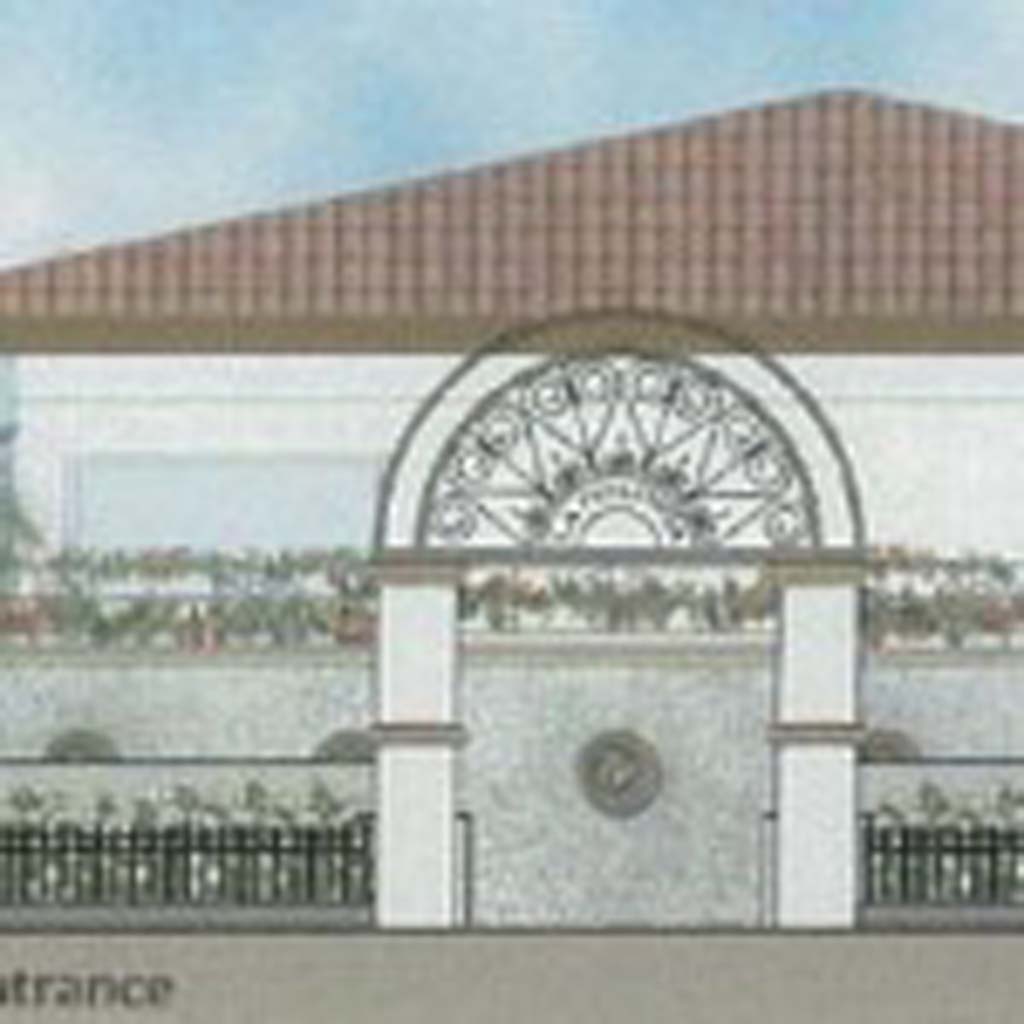Escondido’s Districting Commission met this past Sunday to take its first pass at drawing lines dividing the city into four council districts.
Predictably, various factions rose up to claim their territory.
In commenting about plans to create the districts, Mayor Sam Abed can be acknowledged to have been prescient, as he rightly predicted it would pit neighbor against neighbor.
As readers may be aware, the city acquiesced to the districting plan under threat of a lawsuit under the Voting Rights Act, which purports to level the playing field for “protected classes” who are under-represented in communities’ elected bodies.
It’s important to note the terminology here. By using the term protected class rather than “minority,” it assures the lines being gerrymandered — ahem — drawn, will remain in effect, for all practical purposes, in perpetuity, even if that protected class is, in fact, in the majority.
As I have noted in previous columns elsewhere, there seems to me something distinctly un-American about the basic premise of the Voting Rights Act as it is applied here.
We continually tinker with the voting process to try to increase participation of various groups when the reality is, even the voters (or those eligible to vote) who presumably represent the majority in power do not participate at levels that healthy democracy should expect.
Voter turnout for most elections hovers around 60-to-70 percent. But that’s only in Presidential election years and only registered voters. According to a study done by Dr. Michael McDonald at George Mason University, only slightly more than 58 percent of voting age eligible citizens voted in the 2012 Presidential Election.
Of the votes cast, Barack Obama won just over 51percent. In other words, less than 30 percent of those eligible to vote in this country chose its leader for the next four years.
President William McKinley famously coined the phrase “tyranny of the minority” in explaining this phenomenon.
The idea that we should take special measures to encourage a select group’s participation when participation of all groups is so abysmal seems slightly misplaced. Review of jurisdictions where this has been done has not shown any appreciable improvement in participation by the targeted classes.
It has apparently never occurred to our nation’s leaders or other political minds that the problem of participation may have less to do with access — which gets easier and easier while participation remains pathetic — and more to do with the end product.
Survey after survey these days indicates that people in this country are increasingly distrustful and disappointed in government in general.
Spectacles like the one recently witnessed in Washington, D.C. in October, the Filner debacle in San Diego, and numerous other local embarrassments only serve to underscore how disconnected the government seems to have gotten from the governed.
Drawing imaginary lines through a town to give an advantage of one group over another makes a mockery of the democratic process — unfortunately, much of what party and elected officials have done in recent years have done much the same.
Kirk W. Effinger was born in San Diego and raised in Southern California. He and his family have been residents of San Marcos for the past 30 years. His opinion columns have appeared regularly in the North County Times and, later, the San Diego Union-Tribune since 1995. He can be reached at [email protected] or follow him on Twitter at @kirkeffinger

